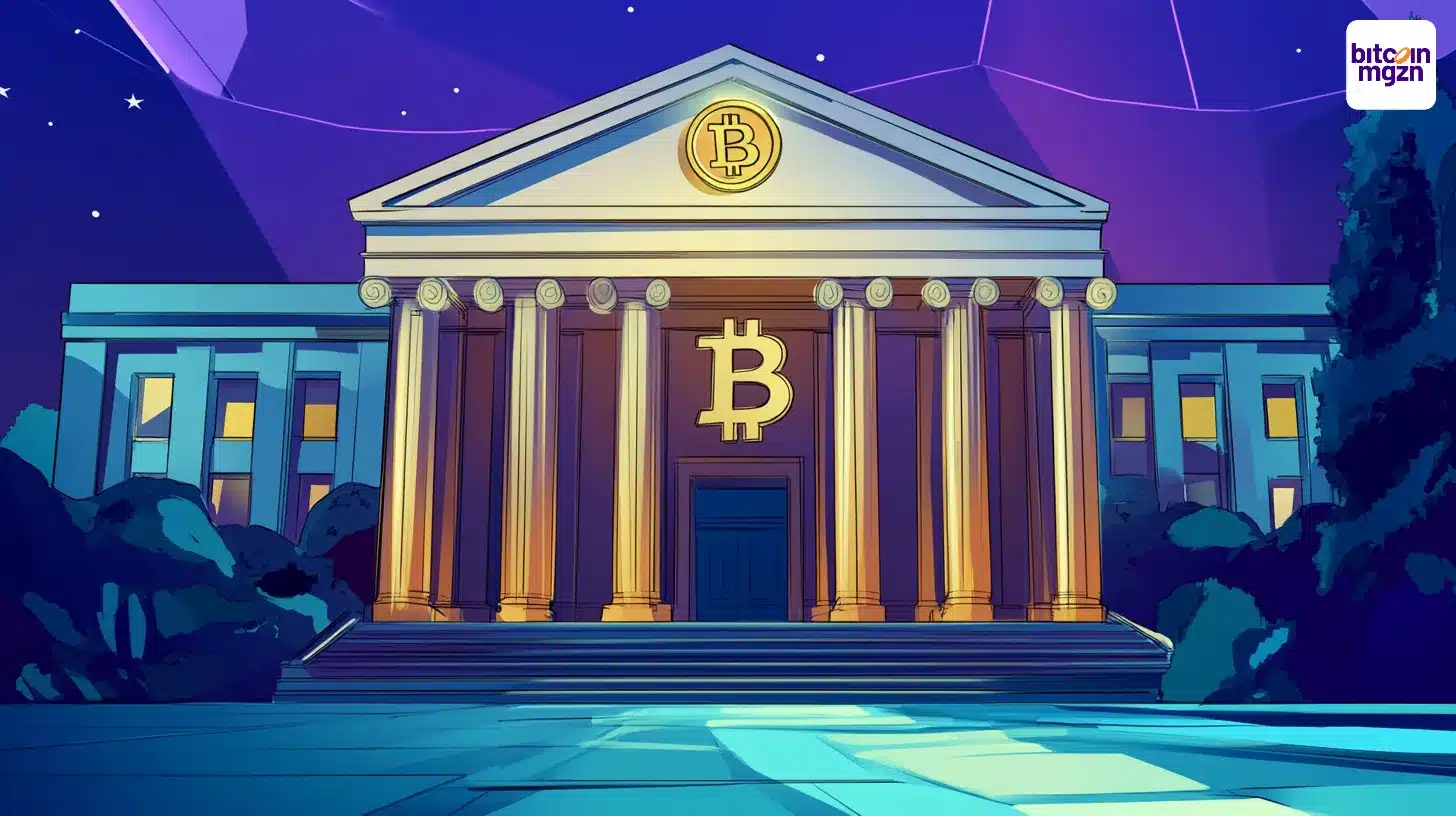Ripple’s Legal Victory and XRP’s Community Impact
In a transformative period for the cryptocurrency market, XRP has emerged as a significant player, experiencing a dramatic rise in both its popularity and price during the first quarter of 2025. This shift is rooted in a series of developments that not only spotlight XRP but also underscore its potential impact on the broader financial landscape. Analysts have begun to take notice, with various xrp price predictions analyzed to forecast its trajectory in an increasingly competitive market. These predictions suggest a bullish sentiment, fueled by recent partnerships and advancements in technology that enhance XRP’s utility in cross-border transactions. As more investors and institutions recognize XRP’s potential, its role in the evolving financial ecosystem is likely to grow, prompting further discussions around its scalability and adoption.
Key Developments and Market Response
XRP’s rise to prominence can be traced back to its resolution of regulatory challenges, notably its legal battles with the U.S. Securities and Exchange Commission (SEC). The SEC initially accused Ripple, the company behind XRP, of selling unregistered securities. This lawsuit, which began in December 2020, had clouded the cryptocurrency’s prospects until March 2025, when the SEC decided to drop the case. This decision was pivotal, alleviating legal uncertainties and giving a much-needed boost to investor confidence.
Significance of Inclusion in the U.S. Strategic Reserve
An important milestone for XRP was its inclusion in the U.S. Strategic Crypto Reserve along with well-established cryptocurrencies like Bitcoin and Ethereum. This move not only validated XRP’s role in the evolving financial ecosystem but also catalyzed a substantial price increase of 40% within a single day. The recognition is a testament to XRP’s capabilities in facilitating cross-border payments, positioning it as a potential standard for international transactions.
Surging Prices and Community Engagement
XRP experienced a remarkable surge of approximately 280% following the electoral victory of President Trump in November 2024. This dramatic increase, which saw the price of XRP peak at $3.27, also coincided with heightened social engagement among its community of supporters. This engagement highlights a robust network of advocates who are increasingly optimistic about XRP’s future, despite ongoing debates concerning its centralised nature in connection with Ripple Labs.
The Remittances Market Potential
Looking forward, financial experts are closely watching XRP’s trajectory, especially in the vast $150 trillion global remittances market. Projections suggest that XRP could be priced anywhere from $3.40 to $30 by the end of 2025, depending on its adoption rate for transaction services. The cryptocurrency boasts transaction speeds of 3 to 5 seconds and costs as little as $0.0002 per transaction, making it an attractive option for financial institutions seeking efficiency.
Concerns and Market Volatility
Despite the optimism surrounding XRP, market volatility persists. Some analysts express caution, pointing to recent sell-offs by large holders, known as ‘whales,’ which have resulted in over 1 billion XRP tokens being sold, totaling about $2.3 billion. These sell-offs have raised concerns regarding XRP’s ability to maintain critical support levels above $2, especially given its recent dip below $2.10.
A Future Reimagined
The recovery from regulatory hurdles and growing institutional interest in XRP has rekindled discussions about its long-term prospects. While the legal victory is a cause for celebration, analysts remain divided on its immediate future. Some view current prices as undervalued, presenting a favorable risk-reward ratio, while others caution of potential price declines if key resistance levels are not maintained.
Conclusion: Polaris in a Shifting Landscape
As XRP navigates this complex landscape, it stands as a beacon of hope for many in the cryptocurrency community. With ongoing partnerships and the potential for XRP exchange-traded funds (ETFs), its role in the financial infrastructure is increasingly seen as crucial. The discussions surrounding its future highlight the evolving relationship between traditional finance and cryptocurrency, encapsulating a significant moment in the ongoing narrative of digital currencies.



